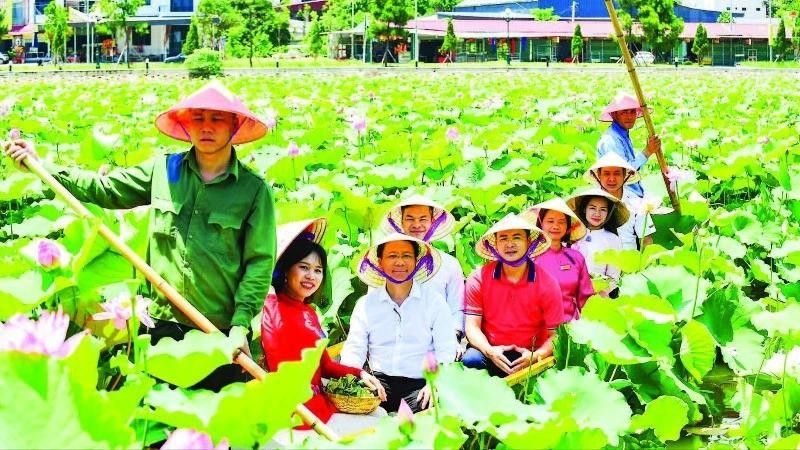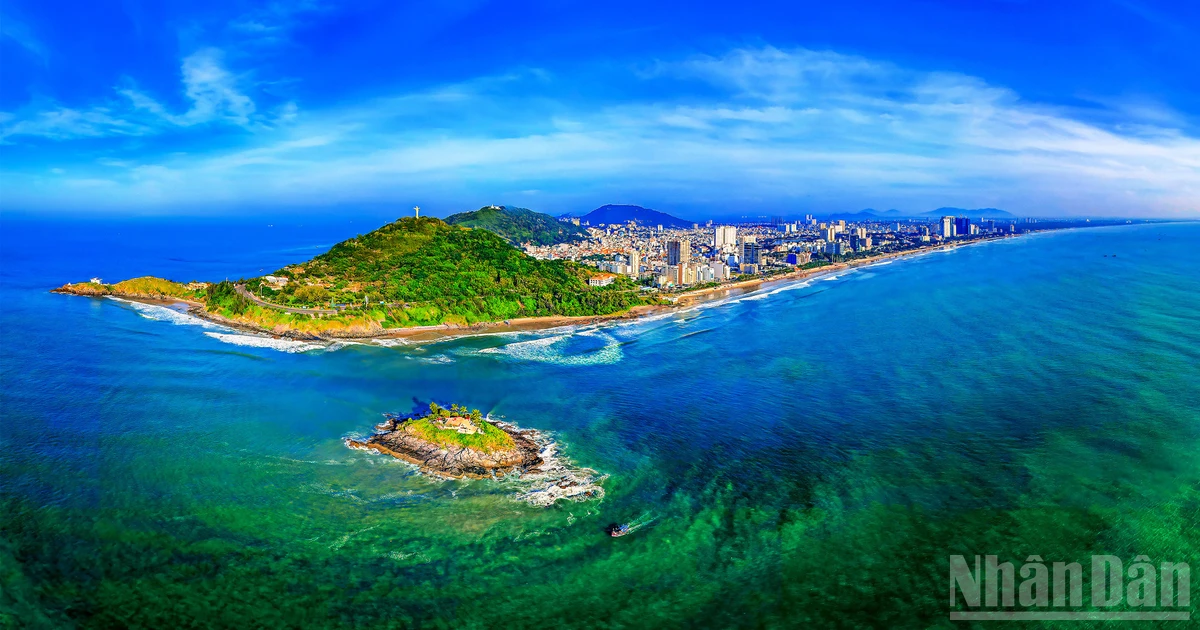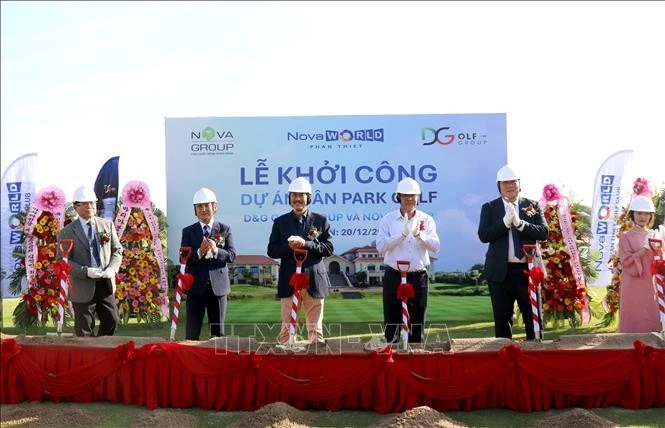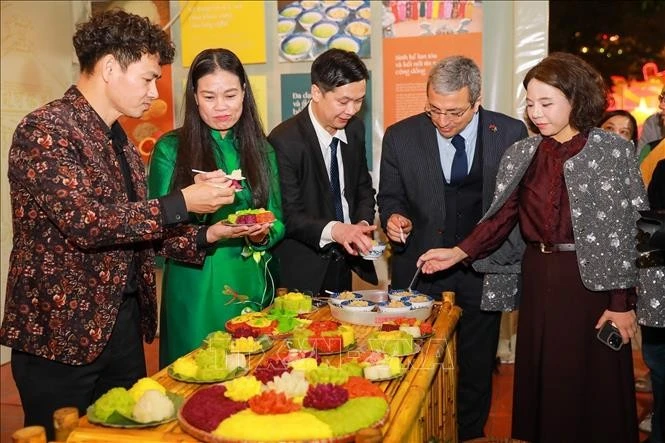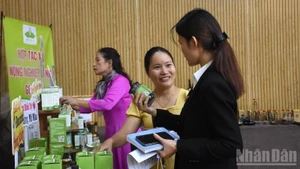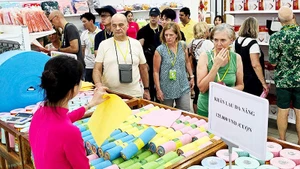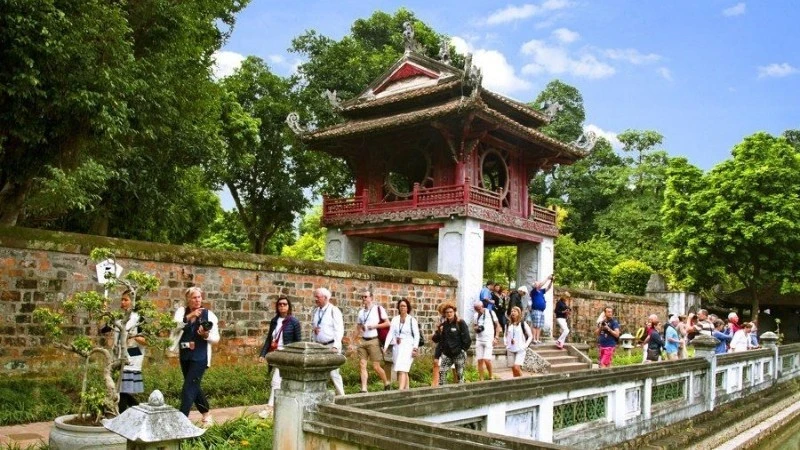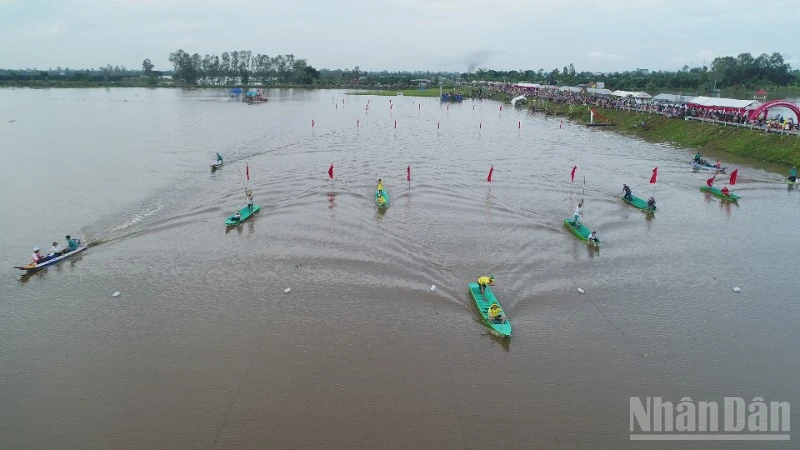Ha Noi and surrounding localities have developed a variety of unique tourism products, most notably through partnerships between government agencies, travel companies, destination owners, and transport enterprises.
One promising example is the newly piloted train tour called “The Journey to experience tea culture that connects Ha Noi and Thai Nguyen.” While Ha Noi is renowned as the heritage capital, Thai Nguyen is known as the “tea capital”, especially with tea having been developed into more than 150 culinary dishes in the province. This tour is expected to achieve great success.
With the participation of the Viet Nam Railways Corporation, this new tourism product transforms the Ha Noi–Thai Nguyen rail route into a cultural and experiential journey. At stations such as Luu Xa and Quan Trieu, cultural tea spaces have been created to welcome visitors. During the train ride, passengers are served tea-based delicacies and enjoy traditional performances of then singing and the tinh flute (a traditional string instrument). The final destination features vast and lush tea plantations.
Ha Noi has also signed several cooperation agreements and organised forums and famtrips (familiarisation trips) to tourism sites in various provinces to discover resources for product development and potential partnerships.
Each locality focuses on developing tourism types suited to its strengths: the Northwestern provinces emphasise self-drive tours, eco-tourism, adventure, and sports tourism; provinces such as Ha Nam, Ninh Binh, and Quang Ninh focus on spiritual tourism; coastal areas like Hai Phong, Quang Ninh, Thanh Hoa, and Nghe An promote resort tourism; while the Northeastern and Viet Bac regions develop integrated retreats and “back-to-the-roots” tours. Based on these orientations, stakeholders work together to design suitable tour routes that accommodate two-way flows of visitors as well as international tourists.
In May, Ha Noi organised several survey missions to strengthen regional tourism links. A notable example was a famtrip involving businesses from the Ha Noi UNESCO Travel Club to explore sites in Ha Nam, including Sun Urban City, the Legend Valley Country golf course, and the Tam Chuc tourism complex. Previously, the Ha Noi and Nghe An tourism sectors jointly held a seminar titled “Evaluating Tourism Products and Services in Nghe An Province” to enhance cooperation between 70 businesses.
Deputy Director of the Ha Noi Department of Tourism Tran Trung Hieu suggested that both Ha Noi and Nghe An focus on creating and diversifying tourism products in innovative and distinctive ways. He also called for enhanced coordination between travel companies and destinations to jointly research and develop new offerings. Furthermore, the two localities should collaborate on marketing and build tour packages that depart from both Ha Noi and Nghe An, boosting two-way tourist flows.
According to many experts, Ha Noi should intensify and diversify its cooperation with other localities. Beyond traditional linkages, the “cultural tea” train tour is a model for transforming travel into an immersive tourism experience. This approach will further expand as the “Red Flamboyant Flower” train route between Ha Noi and Hai Phong becomes operational. In August 2025, another train line exploring central Ha Noi and its suburbs is also set to launch.
